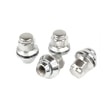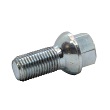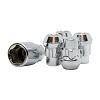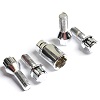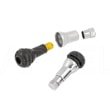How to store wheels in your garage?
Storing your wheels in your garage may seem like a simple task, but there are a few key tips that will help extend their life and ensure optimal storage conditions. In this article, we'll provide a comprehensive guide on how to efficiently and safely store your wheels in your garage, utilizing available space and preventing potential damage. From choosing the right location, to proper cleaning methods before storage, to wheel positioning recommendations, you'll find all the information you need to keep your wheels ready for the long haul.
What should you pay attention to when storing tires in the garage?
Storing tires in a garage requires attention to several important aspects that affect their safety and long-term performance. Here are the most important:
- Tire Cleanliness : Before storing your tires, make sure they are clean. Mud, road salt, or oil residue can accelerate the aging process. Wash your tires with water and a mild detergent and dry them thoroughly before storing.
- Checking the condition of your tires . Before storing them, it's a good idea to inspect them for any damage, such as cracks, dents, or uneven tread wear. Detecting and repairing these issues before storage can prevent more serious damage in the future.
- Suitable environmental conditions . Tires are best stored in a cool, dry, and well-ventilated place. Avoid storing tires in direct sunlight, high temperatures, or moisture, which can negatively impact their condition.
- Ozone protection . Ozone gas can accelerate the aging process of rubber. Avoid storing tires near ozone-generating devices such as electric motors, welding equipment, or ozone generators.
- Avoid vertical storage of tires without rims . Tires without rims should not be stored vertically for extended periods, as this can lead to deformation. It's best to store tires horizontally or hang them on special holders.
- Chemical Protection . Tires should be stored away from chemicals, including fuel, solvents, and oils, which can damage or degrade the rubber.
Following these tips will help keep your tires in good condition throughout their storage period. Regularly inspecting and properly storing your tires not only extends their lifespan but also ensures greater safety while driving.
Perfect conditions for storing tires after the season
Maintaining ideal tire storage conditions after the season is crucial to maintaining their quality and functionality. Here are some tips for creating an optimal storage environment:
- Temperature . The optimal tire storage temperature should be stable, around 15°C. Temperatures that are too low can cause the rubber to harden, while temperatures that are too high can cause it to age prematurely. Avoid places where temperatures can fluctuate dramatically, such as outdoors or near heat sources.
- Humidity . The ideal humidity for tire storage is moderate, ideally below 70%. Too humid an environment can lead to corrosion of metal rims and degradation of the rubber, while too dry can cause it to dry out.
- No direct sunlight . Tires should be stored in a shaded area or covered to avoid exposure to UV rays, which can accelerate the aging process of the rubber.
- Proper stacking . Tires should be stacked depending on whether they are mounted on rims. Tires with rims are best stored vertically and rotated periodically. Tires without rims should be stacked horizontally, preferably on special racks.
- Protection from ozone and chemicals . Avoid storing tires near ozone-producing equipment (e.g., ozone generators, welding equipment) and chemicals that may adversely affect tire rubber.
- Cleanliness and condition checks . Tires intended for storage should be clean and dry. Regularly inspect them for any damage, cracks, or other defects that may require repair before the next season.
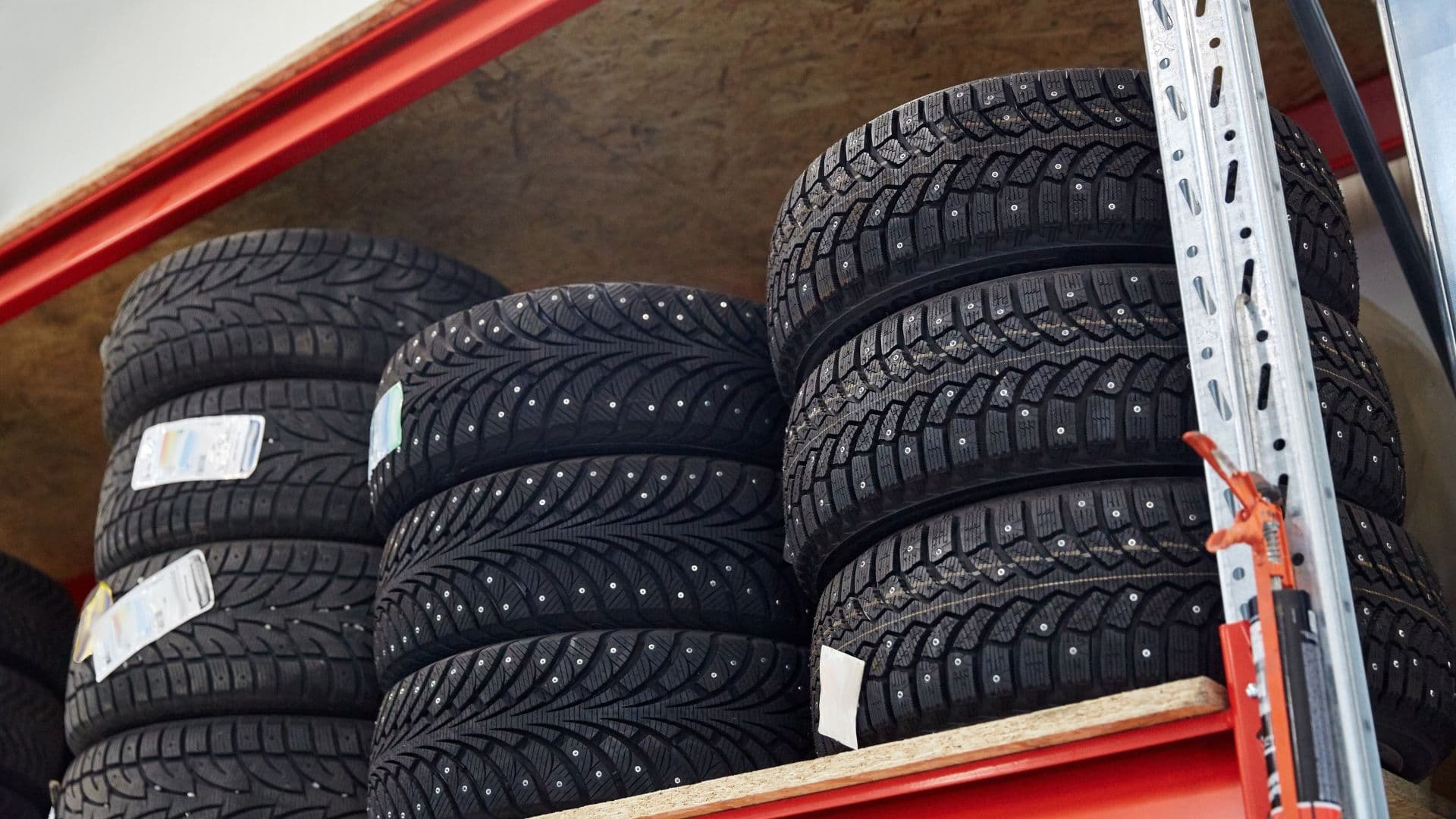
Maintaining these conditions will help your tires stay in good condition longer, preventing premature wear and the need for replacement. Remember, proper tire storage is an investment in your safety and future savings.
How to store tires without rims?
Storing tires without rims requires special care to avoid deformation and premature wear. Here are some important tips:
- Horizontal stacking . Tires without rims are best stored horizontally, one on top of the other. This method helps avoid pressure on the sides of the tire, which can lead to deformation.
- Avoid high stacks . Don't stack too many tires on top of each other to avoid putting excessive pressure on those at the bottom of the stack. Ideally, the stack should be no higher than four tires.
- Rotating the stack . Rotate the stack of tires regularly, every few months, to prevent uneven pressure and maintain their shape.
- Maintaining clearance from the wall and floor . Make sure there's space between the tires and the wall and floor to allow for better air circulation and protect against moisture.
- Checking tire condition . Before storing, carefully inspect tires for any damage, such as cracks or signs of wear. Damaged tires should be repaired before placing them on a rack or shelf.
Following these rules will help keep tires without rims in good condition for longer, which is important for the safety and efficiency of their future use.



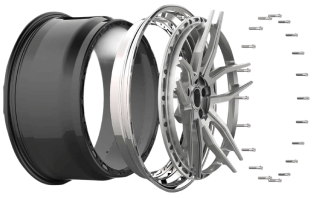
 Modern design
Modern design Perfect fit
Perfect fit High durability
High durability Free shipping within 24 hours
Free shipping within 24 hours
 Individual project
Individual project Dedicated caregiver
Dedicated caregiver
